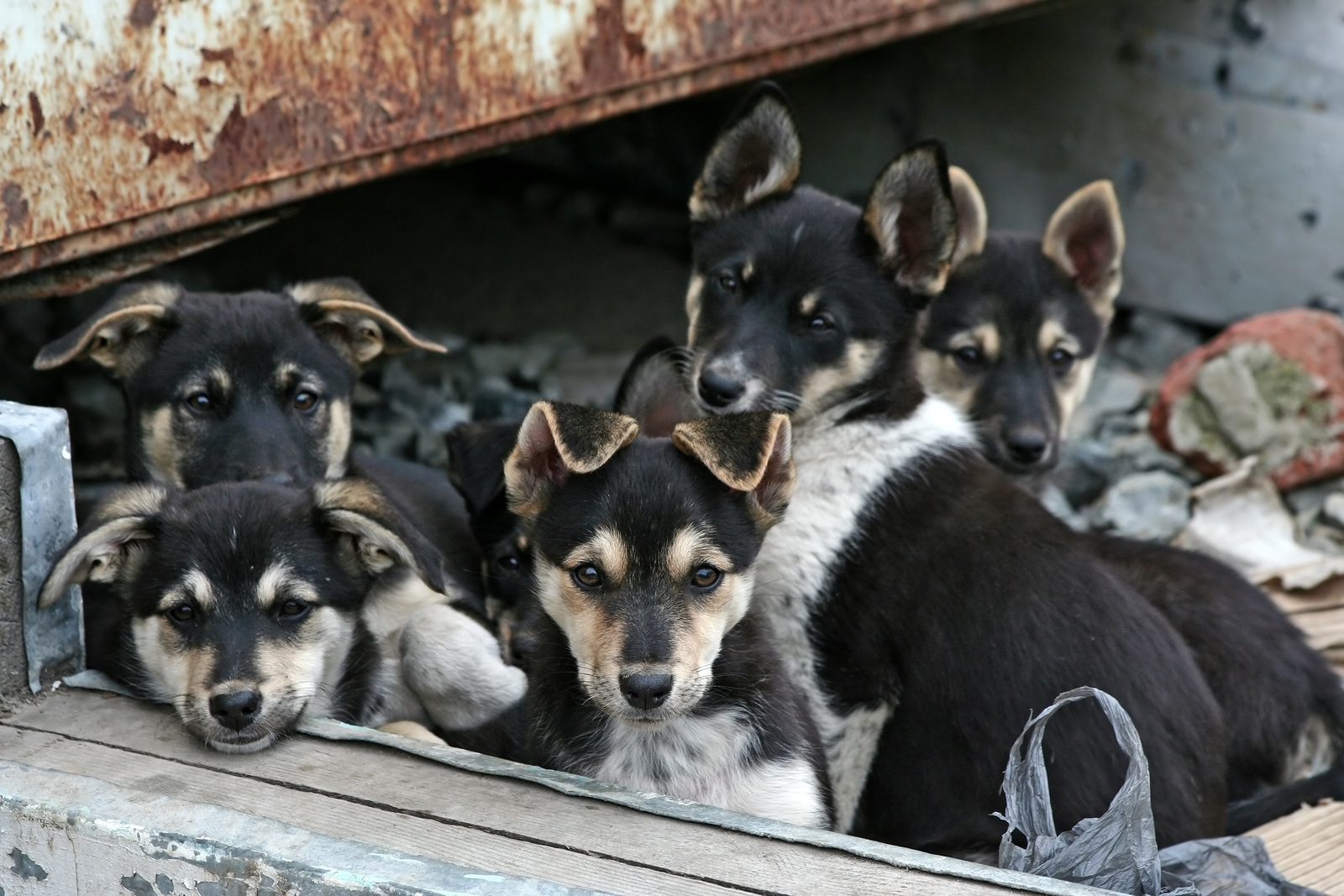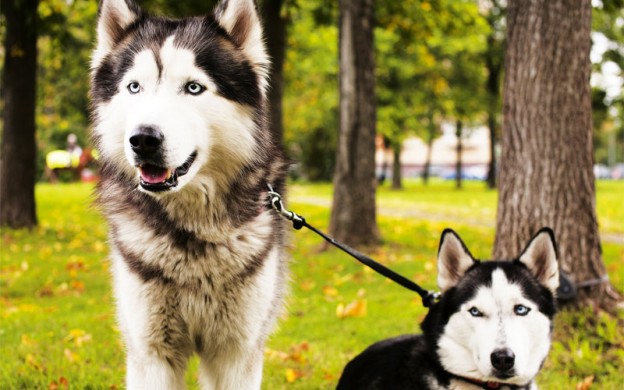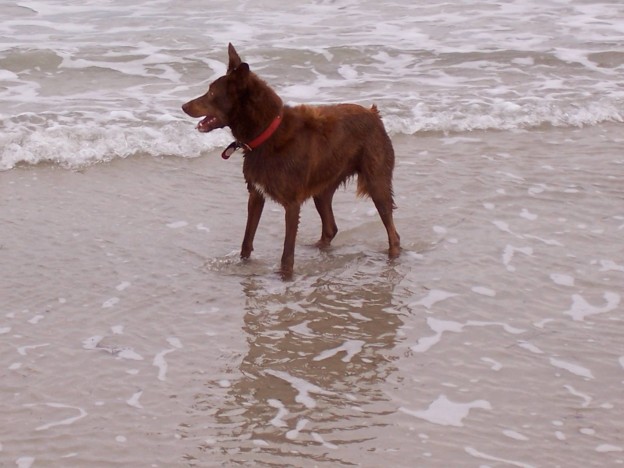
We love our animals and want to provide for them as best we can, but can it be possible to love them too much — to the point it might actually harm them? Kylie Baracz sheds light on animal hoarding and the reasons behind the addiction.
What is animal hoarding?
Animal hoarding is when someone accumulates a large number of animals that become unmanageable and therefore the owner fails to provide adequate nutrition, sanitation and veterinary care for them.
The owner loves their animals but doesn’t do anything to stop the deteriorating condition of their pets or the environment they are housed in. If the problem is pointed out, owners tend to deny the impact this behaviour has on the animals, the household and themselves.
NSW RSPCA Inspector Courtney Stevens has witnessed animal hoarding cases over the six years she has been an inspector. She says there are very different motivations and groups of people that hoard animals.
“It is difficult to put all animal hoarders in one group as they each have different motivations and different ways of sourcing their animals,” she explains.
A 2006 report (Animal Hoarding: Structuring Interdisciplinary Responses to Help People, Animals and Communities at Risk; Patronek, Loar, Nathanson) grouped animal hoarders into four main categories, although some hoarders can display characteristics in each group.
Four types of hoarders
The four main types of animal hoarders are:
Overwhelmed caregiver
“This is generally where the ‘crazy cat lady’ title comes into play. The person has started out with a few animals, most likely not de-sexed, and breeding results in a few strays or unwanted animals that join the group. Before too long the group has increased to unmanageable numbers. This is the point where they become overwhelmed with the care of the animals and maintenance of the environment,” says Stevens.
The deterioration of the animals and their living conditions is generally triggered by a change in circumstances or resources. This can be due to social, economic, medical or domestic changes, such as the loss of a job or health issues, and the person doesn’t have the ability to remedy these problems. They are very attached to the animals and see them as family members.
Rescue hoarder
“This person has a strong sense of mission to save ‘rescue’ animals, which leads to unavoidable compulsion to take animals into their care,” Stevens says. “This is a common situation we come across and probably the most difficult to deal with in that they have a rich source of animals needing ‘rescuing’.”
Initially the person may have had the capacity to care for the animals and may have engaged in re-homing efforts, but eventually they get overwhelmed and start to believe they are the only one that can provide adequate care. This leads to the numbers of animals increasing at a rapid rate and general living conditions of animals deteriorating.
Breeder hoarder
This type of animal hoarder initially breeds animals for show or sale and may have won several awards for “Best Cat/Dog in Show”. Over time, however, they have increasing difficulty maintaining proper care of the number of animals they are breeding and despite the deteriorating circumstances, they continue to breed because they have little insight into the animals’ conditions and their ability to care for them.
They tend to assert their expert knowledge about the veterinary, husbandry and general care needs of animals and their main focus is breeding lines. The puppies and kittens as a result of the breeding efforts are regularly kept by the person rather than being offered for sale, as it may be the next “winner”. This leads to large numbers of animals breeding and being raised in poor conditions.
Exploiter hoarder
This type of animal hoarder is found in the commercial dog breeding industry that supplies many pet shops across the country with puppies. Although there are many commercial dog breeders that comply with the NSW Animal Welfare Code of Practice and their breeding facilities are clean, some breed large amounts of dogs with little concern or care for the animals’ welfare.
“This person denies problems and can see no reason for concern, lacks empathy for people or animals and is indifferent to the harm caused to animals or people,” says Stevens.
There is still so much to learn about animal hoarders but several conditions, such as obsessive compulsive disorder (OCD) and dementia, have been linked to people that hoard animals. “Most of the cases seen by the RSPCA are not linked to these conditions, but there is certainly an aspect of mental health involved, largely surrounding post-traumatic stress disorder,” Stevens says.
“I wouldn’t say that animal hoarders in general are deliberately cruel to animals, except in the case of exploiter hoarders. While we see many acts of cruelty in these cases, they lack the insight to change their behaviour and it sometimes requires legal action to assist in the management of the person’s need to hoard animals.”
How does it affect the animals?
In most hoarding situations the animals are contained permanently in the house. The person continues to live, shower, cook and sleep in the house with the animals. The environment is unsanitary with large amounts of faeces and urine covering the floor and high levels of ammonia, volatile organic compounds, dust and particulate matter that are known to cause health issues to both humans and animals.
Some of the common health conditions seen in the animals housed in this type of environment include:
- Matted fur, eye/ear infections, skin diseases
- Fleas, ticks, ear mites, lice and mange
- Ringworm, maggot-infested wounds
- Intestinal parasites
- Anaemia from fleas and/or intestinal worms
- Dental disease
- Behavioural issues
A sad fact for animals that are taken from these types of environments is that they are generally not socialised and have multiple ongoing medical and behavioural issues. As a result, many cannot be rehabilitated and are euthanised.
“We have a number of programs in the RSPCA, such as the Cell Dogs Program, targeting animals with these types of behaviours to address their issues [so they] can go on to be adopted,” Stevens says.
What are the legal ramifications?
In the first instance of animal hoarding, an RSPCA inspector attempts to work with the person to make a plan to reduce the numbers of animals and improve their living conditions. This process may take several months. If the person is reluctant to work with the inspector, animals may then have to be seized to prevent them undergoing further suffering.
If the matter proceeds to court, offences under the NSW Prevention of Cruelty to Animals Act 1979 No. 200 are brought before a magistrate to determine the course of action.
“There is no offence for ‘hoarding animals’; rather, there are offences in relation to the care and treatment of the animal,” she says. Some of the more common offences seen in animal hoarding cases and maximum penalties the court can impose are:
- Commit an act of Aggravated Cruelty: Section 6(1) — Prevention of Cruelty to Animals Act 1979 No. 200 (Maximum Penalty: $22,000 and/or two years imprisonment)
- Fail to provide Proper & Sufficient Food: Section 8(1) — Prevention of Cruelty to Animals Act 1979 No. 200 (Maximum Penalty: $5,500 and/or six months imprisonment)
- Fail to provide Veterinary Treatment — fleas, intestinal worms, injuries: Section 5(3) (c) — Prevention of Cruelty to Animals Act 1979 No. 200 (Maximum Penalty: $5,500 and/or six months imprisonment)
The RSPCA investigates about 30-50 cases of animal hoarding per year. RSPCA NSW is currently in the process of developing a process to record more information on animal hoarding in NSW to be able to provide better data to improve the way in which the difficult cases are handled. Most of the information and statistics are derived from the US.
“Seizing the animals is always a last resort. This can be a very stressful time for the person as, in most cases, the animals are seen as family members. It also puts a large strain on our shelters that have to house these large numbers of animals for long periods of time while the cases go through the court system.
“However, when animals are in need of veterinary treatment and are suffering as a result of the environment they are living in, it leaves inspectors no choice but to remove the animals for their own safety and welfare,” Stevens says.
One of Stevens’ large cases of animal hoarding involved a breeder hoarder. The woman in question bred both dogs and cats and on Stevens’ first visit she counted 90 cats and 60 dogs.
“Most of the cats were housed in cages and aviaries and the dogs were roaming free in the yard. After many attempts to work with the person, she refused to reduce her numbers and improve the living standards for the animals, which resulted in the animals being seized and court action commenced,” says Stevens.
How can this be prevented?
Animal hoarding is a very complex problem. Removing all the animals from the person seems the most logical answer; however, when recidivism rates are 100 per cent, the RSPCA is losing an uphill battle.
“By the time the RSPCA is involved, the hoarding has already been going on for a number of years. Consideration also needs to be given for the long-term management of these cases as, in some cases, regular visits/monitoring to hoarders has prevented numbers of animals escalating,” Stevens says.
“We are hoping with the information collected in our Animal Hoarding Data Collection that we can get more of an understanding of animal hoarding in NSW and improve the way we deal with these cases.”







